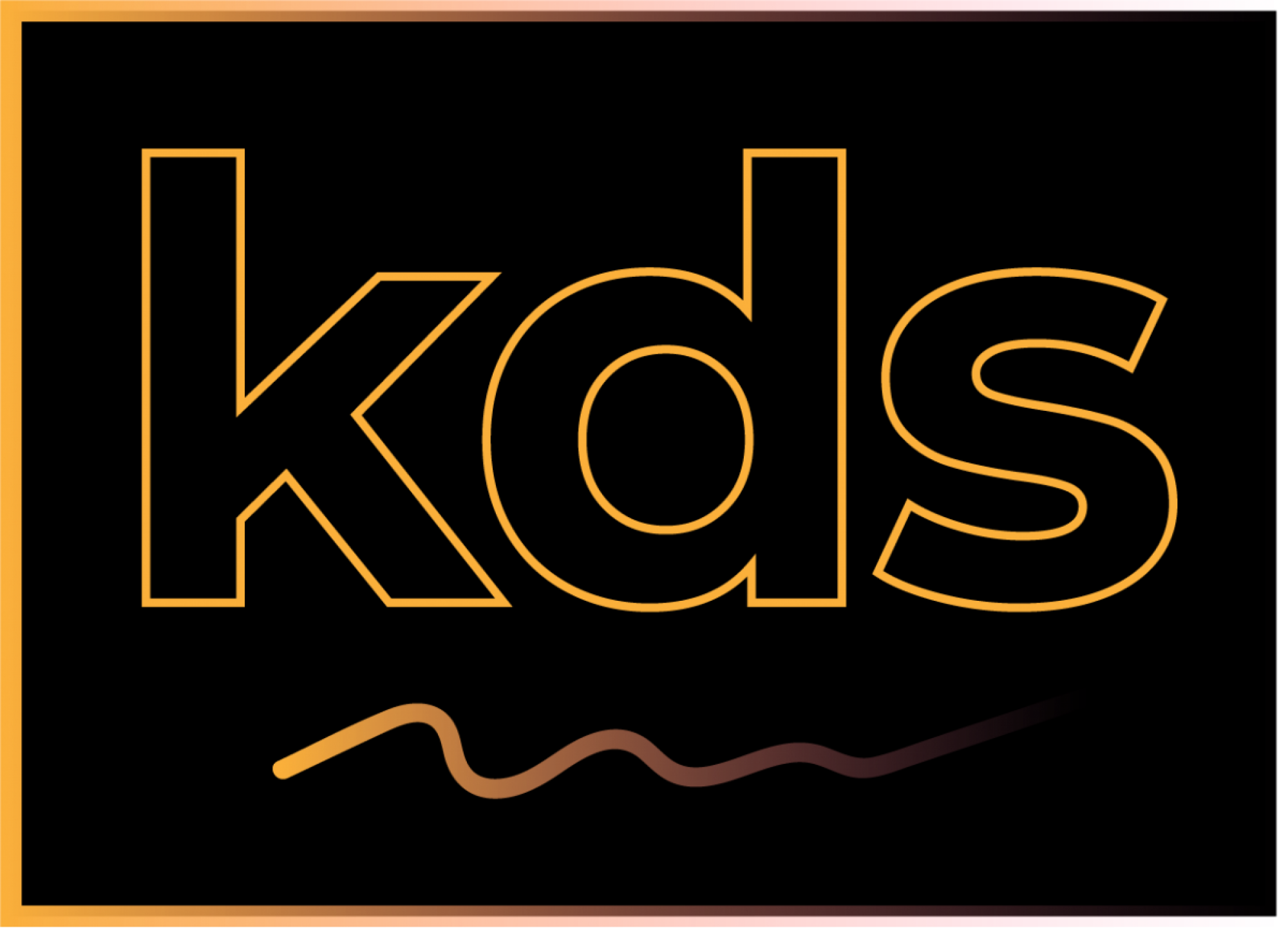The film Art & Copy gave a glimpse into the real world and what goes into producing a successful ad campaign. They mentioned quite a bit of ad campaigns such as I Love NY, Apple, iPod, Budweiser, Got Milk?, Tommy Hilfiger, Clairol, Nike, Volkswagen, the Crocker Bank, MTV, Braniff International Airline and and ad campaign for President Ronald Reagan. Although all these campaigns broke tradition and did something no advertiser has done in some form, shape or fashion, I feel like Volkswagen was amongst the first to jump start the “out of the box” advertising. They advertised for the Beetle/Buggy car with minimal words and image – it was usually just the car itself, or someone in the car, accompanied by a simple tagline. A lot of white space was utilized which gave the print ads a clean look. Even when advertised on television, it closely resembled the print ad. It was genius advertising – it was simple, got straight to the point and made it relatable to the target audience. As they say, great advertising always starts with something true.
The ideas for these ad campaigns came about through various avenues. Some were done the old fashioned way, through just jotting/sketching out ideas while others came from events or things that had happened. For example, the famous tagline that Nike uses, “Just do it” came about from a convicted felon that was sentenced to the death chair. His final words, which made the newspaper headlines were “Let’s do it”. That phrase resounded with the agency and they thought about how it could be altered to fit their client’s needs – and that’s when “just do it” was birthed.
“A terrific ad person on the creative side is a salesmen and entertainer in one”. Those two qualities must be present if you are to sell your idea to a client and convince them that your idea is the creative solution to their problems. I was particularly intrigued by the ad campaign for Braniff International Airlines. They wanted to revolutionize the plane/airline because around that time, all the planes and stewards’ outfits all resembled the military planes and looked like military outfits. First the design team started brainstorming and when they thought the ideas weren’t good enough they would discard them. One day when the art director walked in, something scribbled on a tissue in the bin of the copywriter caught her attention. After she read it, she thought it was an excellent idea so they ended up running with it. They then devised a television commercial that showcased all the qualities of Braniff International – an end to a plain plane. They hired a clothing designer and redesigned the hostess’ uniform by making reversible jackets in green and apricot and space helmets (for their heads) to keep out the rain. They also hired Alexander Girard to redesign the planes themselves by having different color planes and interior seating such as blue, orange and yellow – a total of 7 different color schemes. The goal was to not have you fly the same plane twice and that they would not get you where you need to get to any faster, but they would sure make it seemed that way. I think they were effectively able to provide a campaign that satisfied the client’s brief, and also target their intended audience, which would be adults that travel. This lateral/ out of the box thinking did create a successful marketing experience because it was able to set this airline a part from the other airlines at the time that all had the same bland, boring look to both their planes and hostess’ uniform.
After watching that film, I truly think that advertisement is both an artistic expression and a marketing experience because you need the artistic expression to solve a problem, and need the marketing experience to get that message out there to the target audience. It’s like the two work hand in hand. A great idea if it has never left the room is just a great idea in a room. When that idea is advertised and properly marketed, it becomes a universal great idea. So many advertisers have had great ideas and the message has stuck around for years – for example Nike’s just do it, and got milk? etc. so much so that people have taken these phrases and coined it to so many different things such as got game? Or got jokes? Etc. According to George Louis, design must be seemingly outrageous – it must be something that seems a little way off at first but after 20 seconds, you realize it is a great idea and you want to get in on it – a piece of the action.
I knew a strategist’s role involved extensive thinking but I had no idea so much work was required before the strategy was devised. So much research and analysis is involved before the planning and design stage, and the final product/services stage. Furthermore, I also got a clear cut understanding of the role a strategist plays. Our guest strategist speaker defined a strategist as “the people that are right where art and science meet”. And it really is true. They apply a human lens to business problems and go beyond facts and observations. Without all the research and insights from a strategist, the creativity team has nothing to grab on to. The strategists always ask WHY? to identify and turn problems into opportunities. After this presentation, I don’t think a strategist role is something I’d enjoy because I enjoy being on the creative end of things and designing.



